|
|
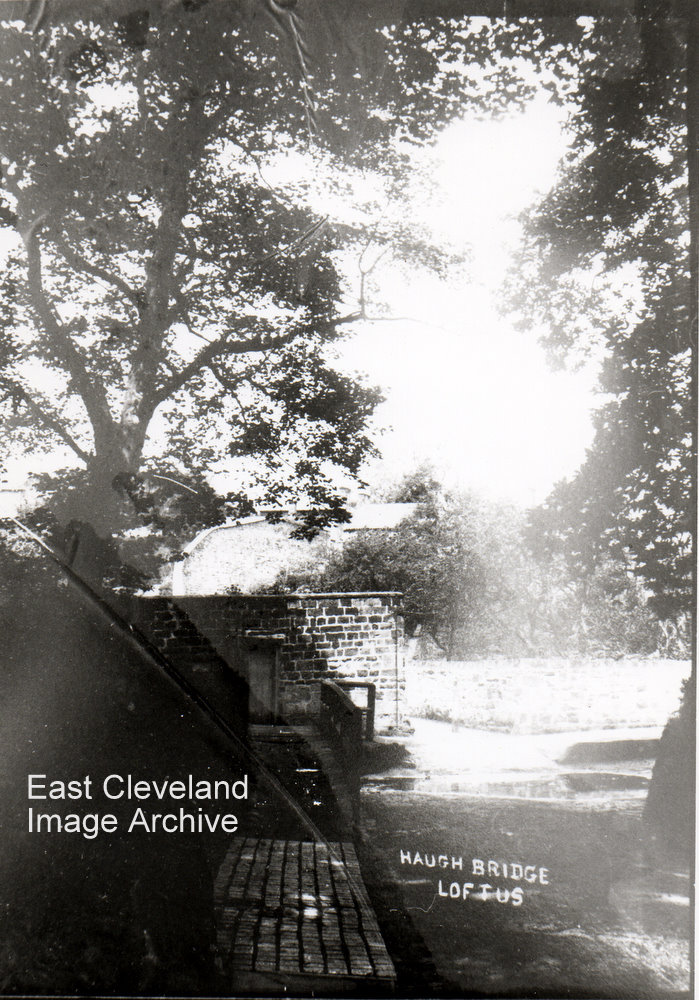
The sun streams through the trees but we can still see the bridge at the entrance to the woods with the stream running under it. Haugh means ’low lying land’ and this was the last of the water splash in Loftus, the road was made of slag bricks and at a much lower level than the roadway of today.
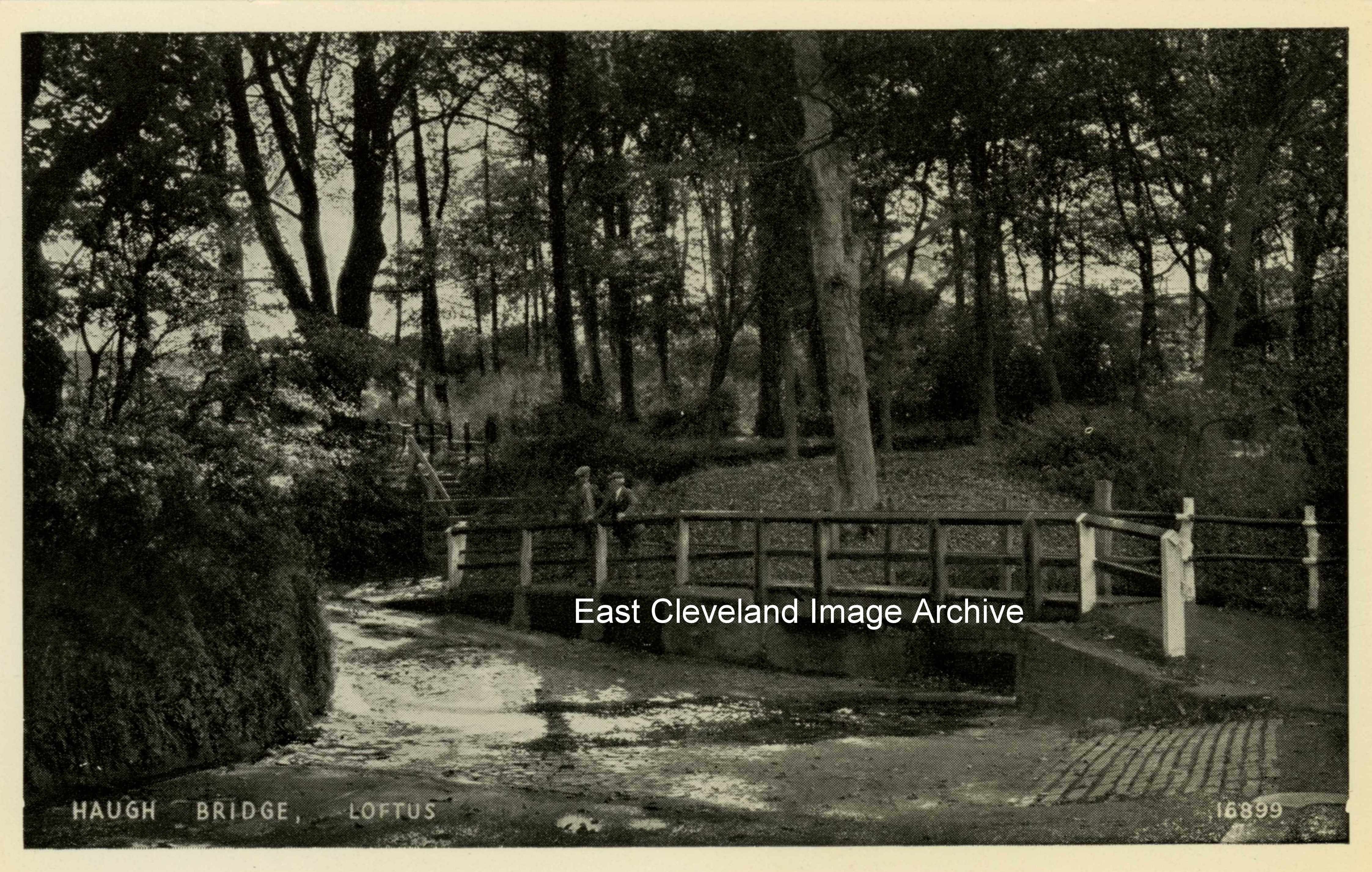
Haugh bridge I have been told is the name of this bridge but I am sure many of you like me will know it as Dam End and the entrance to Espiner’s woods, now named Hancock’s woods. The men on the bridge seem to be deep in conversation probably putting the world to rights.
Image courtesy of John G. Hannah.
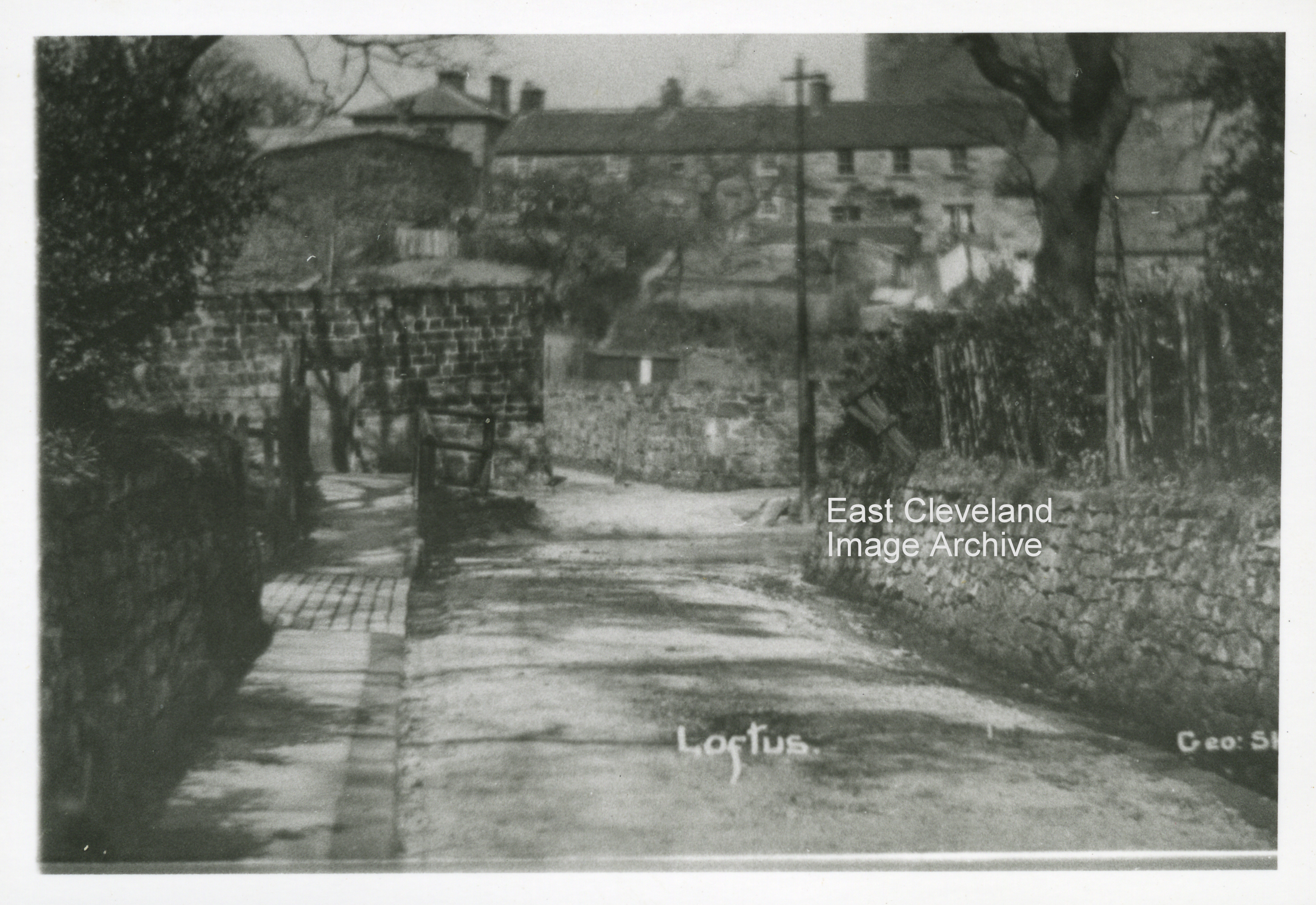
A peaceful photograph showing the entrance to what used to be Espiner’s wood and the road leading up to South Loftus. The ford has now been piped under the road. As Mike Hopper tells us: “I always knew it as ‘Espiners’ wood but now for some reason it’s called ‘Hancocks’?” The new name appears to have come about in recent times following the activities of Loftus Civic Trust, etc!
Many thanks to Mike Hopper for that comment.
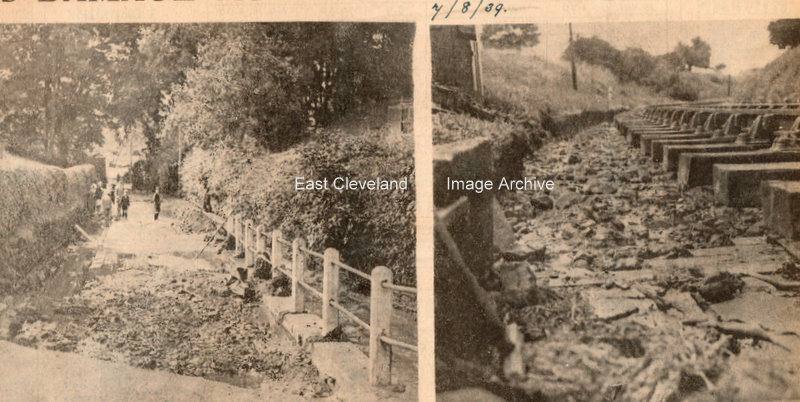
These were the scenes after a cloudburst on 7th August 1939. Rails and sleepers at cemetery corner Loftus were undermined by the floods; the image on left shows a section of the road leading to South Loftus. The images are taken from a collection of Northern Echo newspaper cuttings.
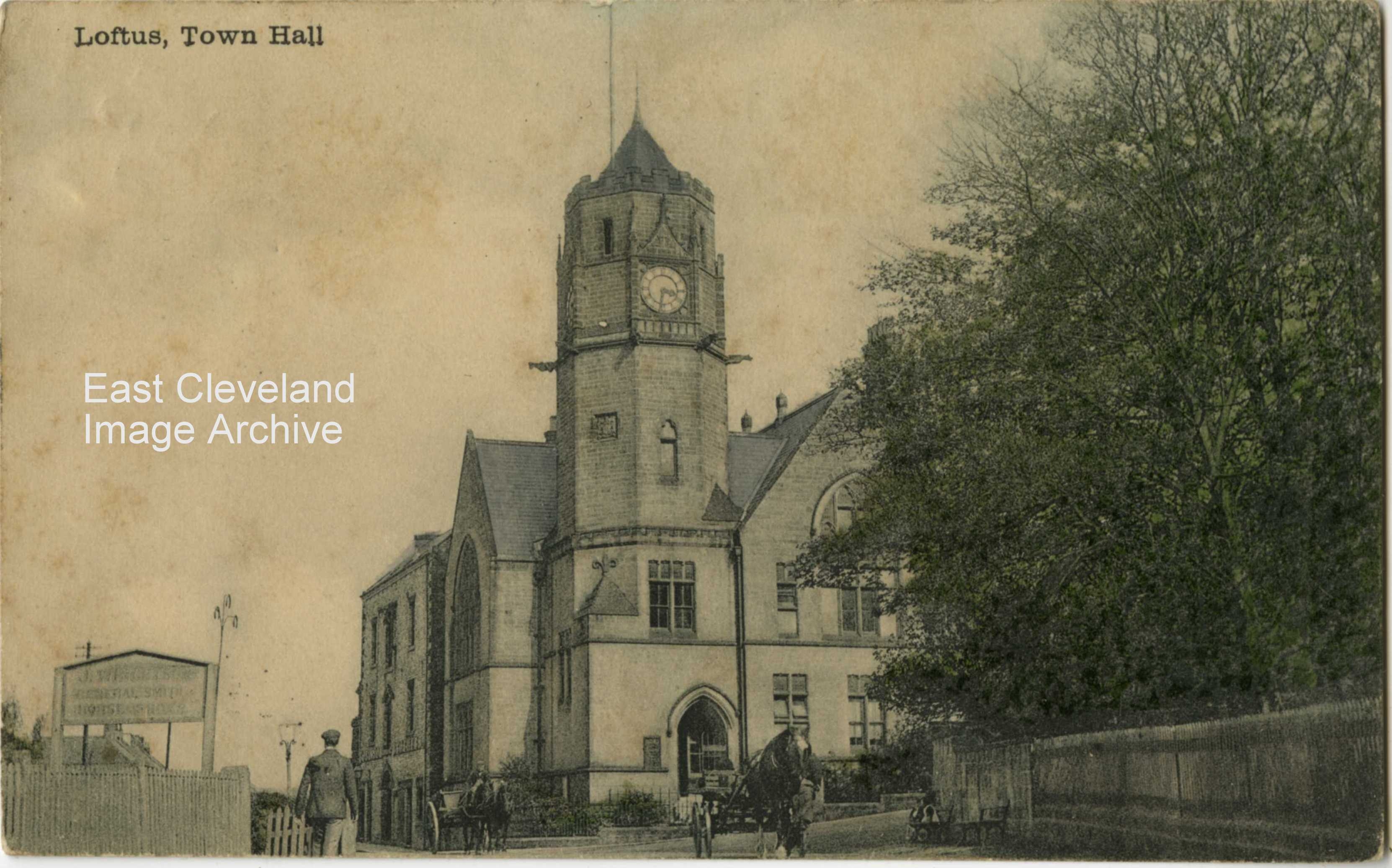
The Archive has now had access to two copies of this lovely tinted card from the ”Phoenix” Series produced by Brittain & Wright of Stockton. The first was posted in Loftus on October 31, 1904, with a half penny stamp; the second posted in Darlington August 10, 1907. The signboard on the left is that of ’J. Wrightson, General Smith, Horse Shoes’ whose business was at the Forge, set back to the left behind the High Street. The Town Hall built by Lord Zetland in 1879, replacing the Parish Church School built by Zachary Moore (formerly Lord of the Manor before Lord Zetland) in 1746.
Images courtesy of Kim Whaley and Jean Hall.
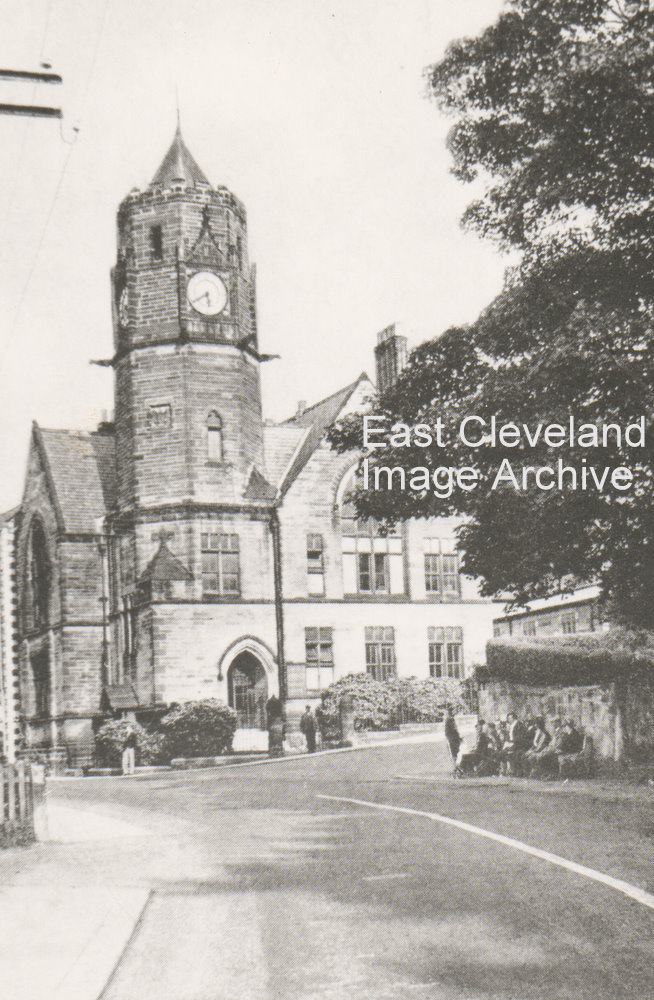
This picture shows the Town Hall to perfection, the lovely entrance and the clock. Did you know there are only three faces to the clock? The face that should have looked South was omitted as there was no one to see it.
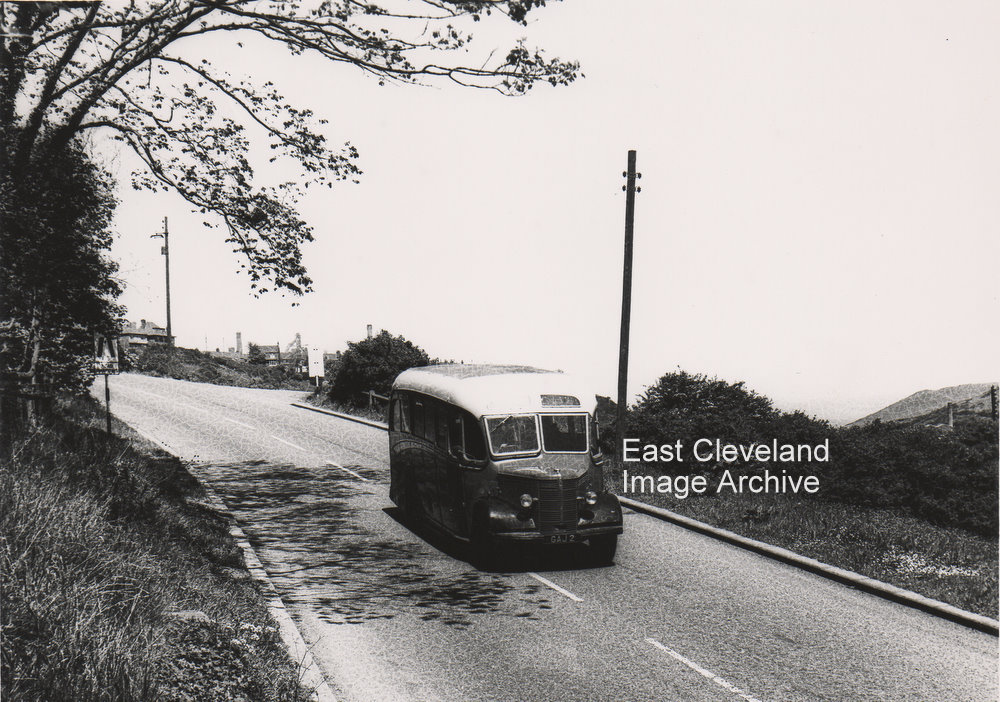
Classic photograph – of a Bedford Duple and that it is the 1950’s. Alan Chilton advises us that this was part of the Saltburn Motor Services (Kelly Watsons) fleet operating from Loftus to Saltburn via Liverton Mines. That number plate would be worth a fortune!
Thanks to Alan Chilton for the update.
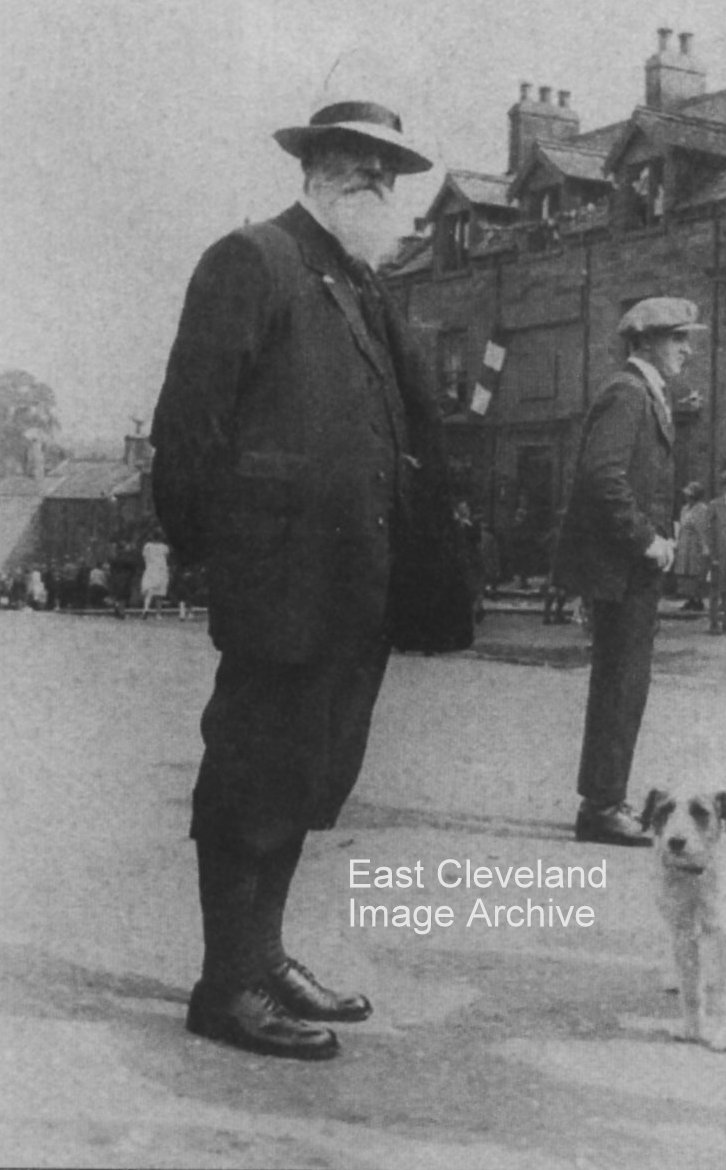
Once again the caption to the image says it all! Dyson Nutt is pictured in Loftus Market Place; there are flags and balloons hanging from the windows of the White Horse in the background and many people about. Possibly the declaration of peace at the end of World War I. Dyson lived in his later years in the house with the white pillars beside the catholic presbytery, in Loftus Market Place.
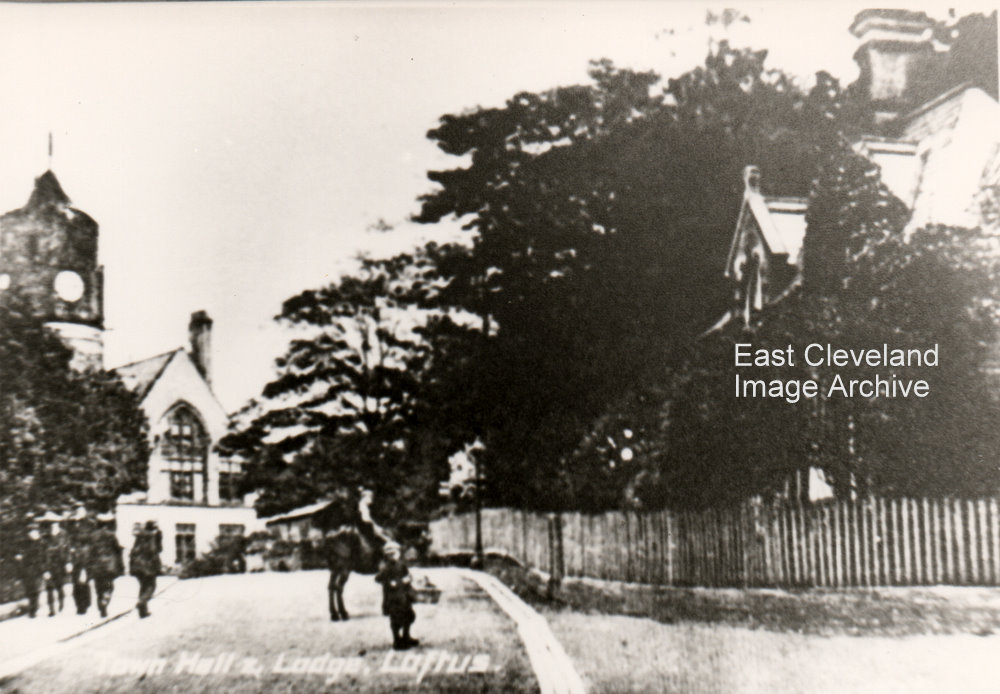
I think this must be the oldest image we’ve got of this well shot scene, again sadly depleted by age. Bromide prints deteriorate in sunlight, they store best in an envelope in a dark drawer – but then why take the picture in the first place! The Archive will hopefully find a better or even perhaps the original of this postcard view of a notable Loftus building.
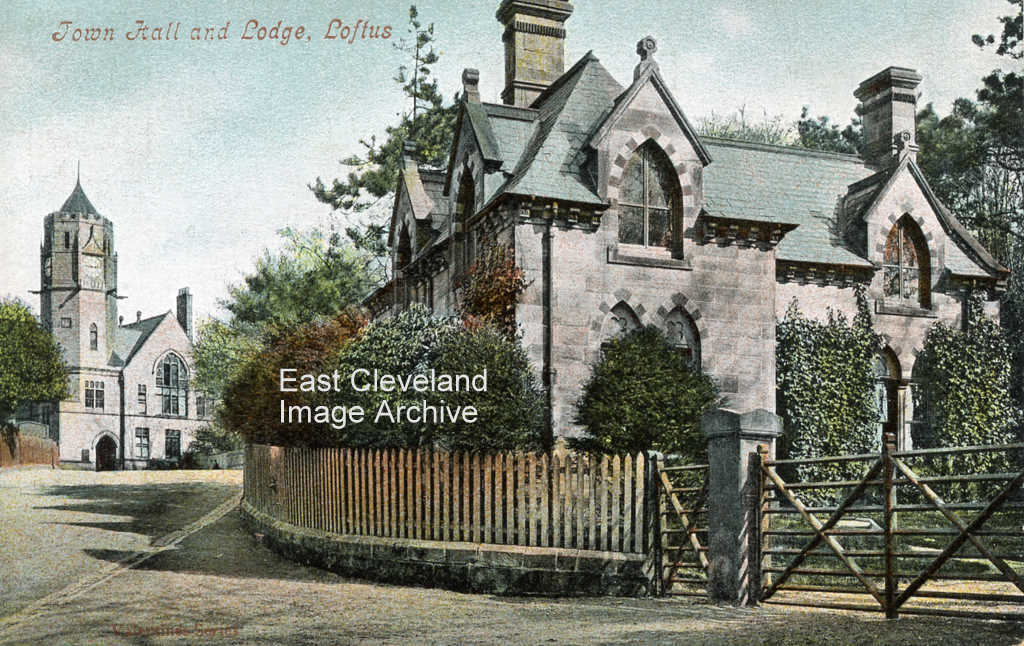
A lovely postcard of the lodge, built in 1869 by the nephew of Sir Robert Lawrence Dundas; at the entrance to the hall, the gates have long since gone and other houses have been built in Hall Grounds. An impressive view of the Town Hall, with the Lodge at the entrance to Hall Grounds as the gated road shown is still known today. Postcard by Cooke’s Fancy Bazaar, Loftus. The architecture of the lodge bears a remarkable resemblance to that of the Town Hall, which was erected in 1879. Perhaps Lord Zetland was so impressed by the Lodge that he commissioned the same architect to design the Town Hall later. The gates led onto a drive that curved past the stable block round to the main house.
Image courtesy of John G. Hannah, additional information courtesy of Jean Wiggins.
|
|










Recent Comments